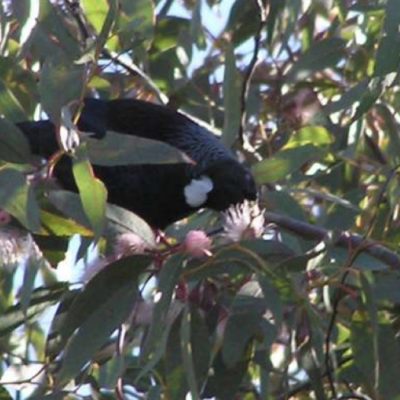The Emissions Trading Scheme
The Emissions Trading Scheme (ETS) is New Zealand’s main way of helping to reduce carbon emissions and meet our international targets for climate change. The ETS is a market that moves the cost of emissions onto the businesses that caused them.
The currency we use is New Zealand Emission Units (NZU). Each NZU represents one tonne of carbon dioxide or its equivalent in other greenhouse gases. NZU’s are bought and sold between businesses with emitters paying NZU’s corresponding to the tonnes of carbon dioxide that they are emitting.

Forest owners can earn NZU’s from the government as trees absorb carbon dioxide, removing it from the atmosphere. The foresters or rights holders (such as Tāmata Hauhā) can sell those NZU’s to emitters. The price of NZU’s depends on a variety of things, but primarily based on supply and demand – how many emission units are available and how much businesses want or need to buy in order to emit.
By putting a price on emissions, the ETS is encouraging businesses to look at ways they can reduce emission through day to day practices and investing in assets and technologies. Some emitters can pass some or all of the costs of their emissions onto consumers. For example, when we buy petrol, a part of the cost goes back to the oil company which it uses to pay the government for its carbon emissions.
To date, the ETS has helped us meet our international emissions reduction targets. However, demand for NZU’s are still increasing due to the reductions we still need to make by 2050.
The ETS will help New Zealanders move to a lower emissions future and the government will regularly review it to ensure it remains fit for purpose.
For up-to-date and information independent from Tāmata Hauhā,
please see these websites:

HE WHENUA, HE TĀNGATA, HE TAURIKURA
Restoring our land, strengthening our people, investing in our wellbeing

